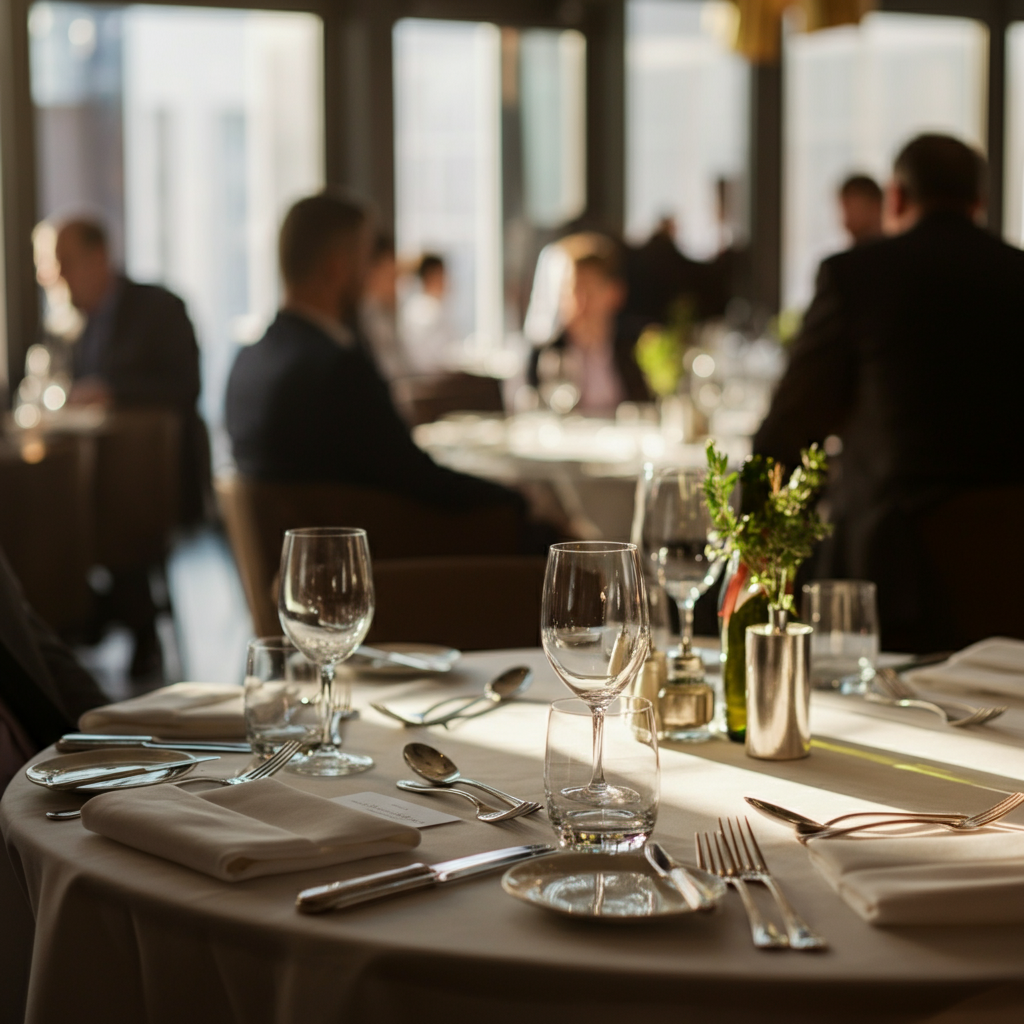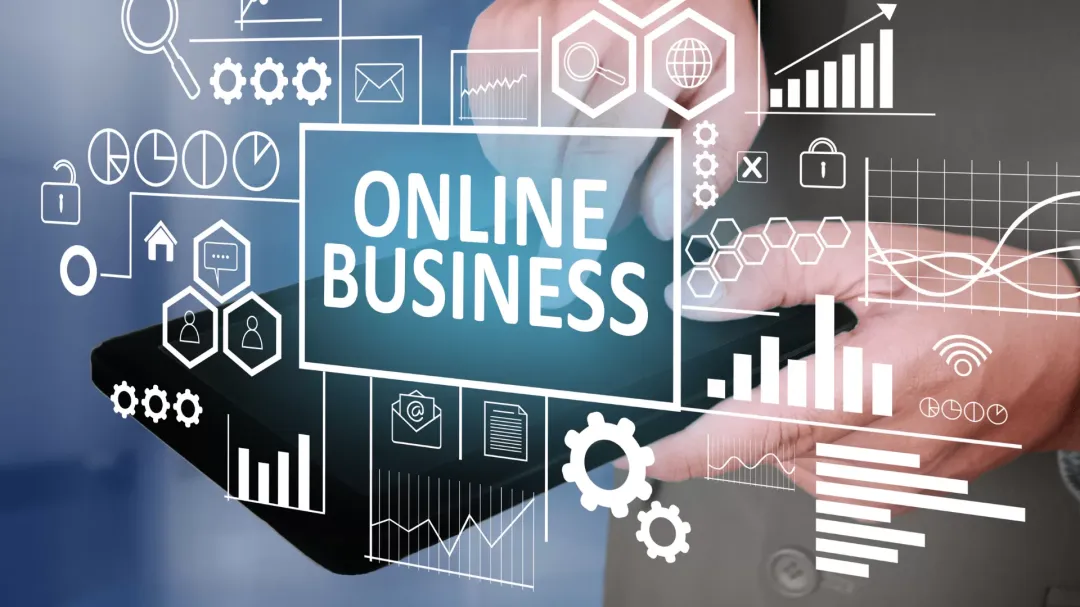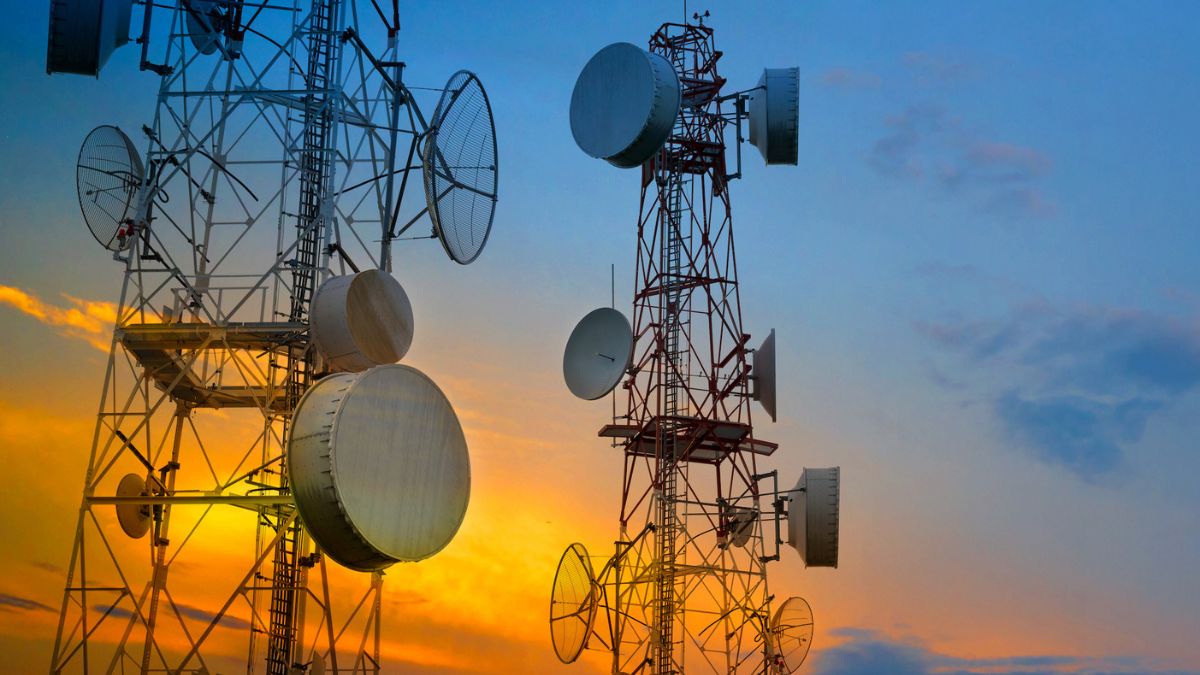A well-planned business luncheon can do more than simply feed your guests—it can build relationships, impress clients, and create opportunities for collaboration. Whether you’re hosting potential partners, celebrating a milestone, or simply looking to connect with your team, a business luncheon is an elegant yet welcoming solution.
This blog will guide you through everything you need to know to organise a successful business luncheon, from selecting the right venue and menu to making the most of the event as a networking opportunity. By the end, you’ll have the confidence and strategy to host a luncheon that stands out for all the right reasons.
Why Host a Business Luncheon?
Holding a business luncheon is not just about serving good food; it’s about creating an informal setting where key conversations can flourish. Here’s why it’s worth considering:
- Strengthen Relationships: Break the monotony of workplace settings with a more casual yet professional atmosphere.
- Impress Clients: A well-organised luncheon demonstrates thoughtfulness and attention to detail, leaving a positive impression on current or potential clients.
- Boost Morale: Celebrate achievements or share company updates in a way that feels inclusive and special.
- Encourage Collaboration: Light-hearted environments often lead to better creative exchanges and stronger team bonds.
Now that you know why a business luncheon is beneficial, let’s explore how you can make it a success.
Steps to Plan a Successful Business Luncheon
A memorable business luncheon requires careful planning and execution. Here’s a step-by-step guide to help you every step of the way.
1. Define Your Purpose
Start by determining the why of your event. Is it to celebrate an achievement? To pitch a new idea to clients? To build rapport among colleagues? Defining the purpose will help you tailor every detail accordingly.
- If the goal is networking, focus on seating arrangements that encourage mingling.
- If you’re making a sales pitch, ensure you have the right AV equipment for presentations.
- For an internal team celebration, fun elements like games or awards can be a nice touch.
2. Set a Budget
Stick to a budget that balances professionalism with practicality. Your budget should cover these key elements:
- Venue
- Catering
- Décor
- Invitations
- Additional costs like speakers or tech support
Aim to strike a balance—spend where it matters most but minimise unnecessary expenses.
3. Choose the Perfect Venue
The venue sets the tone for the luncheon, so choose wisely. Local restaurants, private banquet rooms, or even corporate spaces can all work well depending on your luncheon goals.
Key factors to consider while selecting the venue:
- Location: Ensure it’s convenient and easily accessible for all attendees.
- Capacity: Select a space appropriate for the size of your group.
- Ambience: Professional yet comfortable.
- Amenities: Does it offer Wi-Fi, parking facilities, or AV setup if required?
If you’re hosting a crowd unfamiliar with the locale, include clear directions or even transportation options in your invitations.
4. Curate the Right Menu
Food is the highlight of a business luncheon, so make sure it’s well-thought-out. Strike a balance between offering variety and sticking to universally enjoyed options.
- Keep Dietary Restrictions in Mind: Offer vegetarian, gluten-free, or allergy-friendly options.
- Opt for Easy-to-Eat Dishes: Avoid messy or overly difficult-to-handle food.
- Include a Variety: A good mix of appetisers, mains, desserts, and drinks can cater to different tastes.
Consider incorporating a local culinary touch, especially if you have guests from out of town—it’s a great icebreaker!
5. Send Invitations Early
Send out professional invitations well in advance. Clearly include all necessary details, such as:
- Event Date & Time
- Venue Address
- Purpose of the Event
- RSVP Deadline
Email invitations are a standard option, but you could also opt for printed ones for an added personal touch. A gentle reminder a few days before the event is always appreciated.
6. Arrange the Seating or Flow
If the luncheon is focused on networking, opt for a more flexible seating arrangement—like cocktail-style or communal tables—to encourage conversation.
For formal luncheons, a seating chart can work wonders. Strategically seat guests to achieve your goal, such as putting key business stakeholders together for impactful dialogue.
7. Prepare the Agenda
While a business luncheon is more casual than your standard meeting, having a defined agenda will ensure the event runs smoothly and effectively. Start with a light introduction, followed by a primary business discussion or presentation over the meal. End with something engaging and memorable—like a thank-you speech or toast.
- Keep it Light: Avoid overly technical discussions; keep topics engaging and relevant.
- Respect Time: Stick to the communicated timings, ensuring the luncheon doesn’t overrun.
8. Create Atmosphere with Décor
Enhance the luncheon experience by focusing on simple yet tasteful decor. A few tips:
- Fresh flowers or potted plants make for elegant centrepieces.
- Opt for white tablecloths and professional table settings for a polished look.
- If branding is important, subtly include your company logo with custom napkins or a backdrop.
9. Engage Your Guests
The event doesn’t stop at excellent organisation—engagement is key. Use icebreakers like fun anecdotes or conversation starters, especially if attendees don’t know one another well.
Having a host or toastmaster can ensure everyone feels welcomed and included throughout the event.
10. Provide a Memorable Takeaway
Leave a lasting impression by offering small thank-you gifts to attendees. They don’t have to be extravagant!
Some ideas include:
- A bag of premium coffee or tea
- A notebook or planner
- A personalised thank-you card
This small gesture goes a long way in showing appreciation.
Make It a Long-Lasting Success
A business luncheon is more than a meal—it’s an opportunity to build lasting relationships and make an impression. With the right mix of planning, presentation, and personal touches, your luncheon can become the talk of the town (or, at the very least, the office).
Want more event planning tips? Sign up for our newsletter and get practical guidance delivered straight to your inbox.
Happy hosting!
11. Gather Feedback
After the luncheon, it’s important to gather feedback from attendees to understand what went well and what could be improved for future events. Send out a short survey or feedback form, either digitally or as a follow-up email.
Suggestions for questions include:
- How would you rate the overall experience of the event?
- Was the venue/location convenient for you?
- What did you think of the food and service?
- Any suggestions for improvement for future luncheons?
This not only shows that you value their input but also helps you refine your planning skills for next time. Remember, every event is a learning experience, and small adjustments can lead to bigger successes in future gatherings!
By keeping the lines of communication open and addressing the needs and preferences of your attendees, you’ll continue to foster strong, professional relationships beyond the event itself.
12. Follow Up with Gratitude
A heartfelt follow-up is a crucial yet often overlooked step in hosting a successful business luncheon. After the event, take a moment to personally thank your attendees for their time and participation.
- Send Thank-You Notes: A personalized thank-you email or card can leave a lasting positive impression.
- Share Key Takeaways: If important topics were discussed during the luncheon, consider summarizing these points in a follow-up message. This not only reinforces the purpose of the meeting but also keeps the conversation going.
- Provide Next Steps: If the luncheon served as a springboard for further collaboration, outline any next steps or action items clearly.
This small yet meaningful gesture of gratitude helps solidify relationships and communicates professionalism, ensuring the luncheon is remembered as a valuable and enjoyable experience









